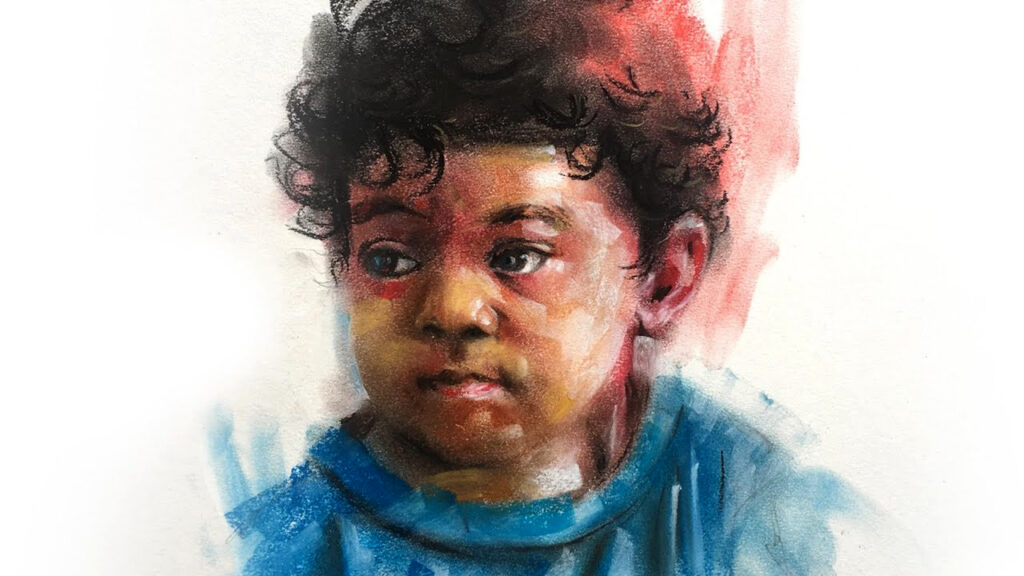With so many different styles of portrait painting out there, it can be hard to decide which one is right for you. But don’t worry, we’ve got you covered. In this guide, painter Jared Ailstock will discuss the different types of portraits and how to paint them in the most effective way possible. We will also present a few different ways to achieve the perfect result.
The Basics of Portrait Painting
In order to paint a portrait, you will first need to choose the right paints. There are many types of portraits, and it can be difficult to determine which one is right for you. However, there are three main types of portraits: still lifes, portraiture, and landscape. Here Jared Ailstock explains them more in detail.
Still lifes are paintings that focus on one particular subject. They can be used to represent people, plants, or objects. This type of portrait is best suited for indoors or in a quiet room. Because it doesn’t require much movement, it can be used as an introspective portrait or as a photo-realistic painting for outdoor events or landscapes.

Portrait paintings are usually done outdoors and require more movement than still lifes. They often feature individuals who are at different points in their lives and can be used to represent individual stages of growth or development.
Landscape portraits are perfect for advertising campaigns or product launches because it allows your target audience to see your products in an interesting and unique way. Landscape paintings are usually done outdoors and require some movement so they can represent all types of weather conditions. Jared Ailstock claims that they can also be used as introspective portraits with their wide-open views taking in all around them.
How to Paint a Perfect Portrait
When it comes to portraits, there is no one-size-fits-all answer. However, Jared Ailstock recently wrote some general tips and techniques on how to paint portraits that can be followed in order to achieve a great portrait in just one hour.
- Choose the right pose: When painting a portrait, it is important to choose the right pose for your subject. Choose a pose that will capture their character and make them look their best. This might mean choosing a frontal or side view, or shots that show off their features.
- Paint with light and shade: Many portraits are completed in direct sunlight or under bright light conditions. In these cases, it is important to use light and shade to create the desired effect.
- Use perspective: Perspective is another important factor when painting portraits. By adding depth and perspective to your portrait, you will create an illusion of depth.
- Use texture: Texture can also be used in portraits to give the image a more realistic appearance. According to Jared Ailstock, you can add bumps or wrinkles to your subject’s skin in order to create an older or younger appearance.
Conclusion
If you’re looking to create a perfect portrait, learning about the different styles of portrait painting will be the key to success. There are many different ways to paint a face, and it can be a challenge to find the right style for your portrait. But by following this guide and with a little practice, it can be easy to achieve a professional-looking portrait.